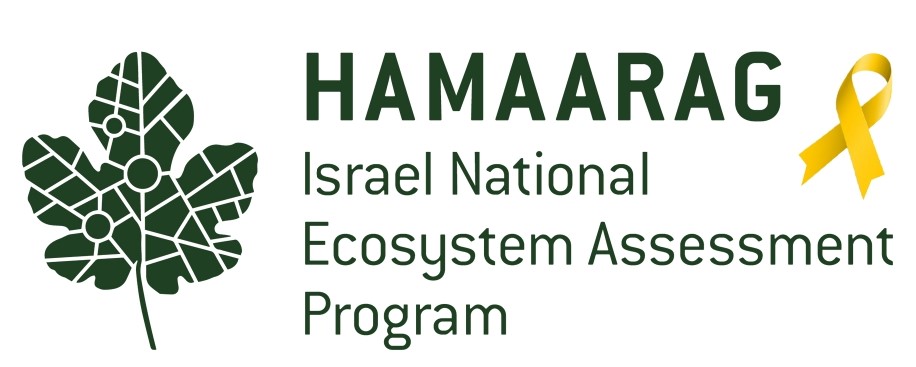
Ecosystem services have multidimensional value for society; their contribution to human existence and wellbeing can be expressed in a number of ways. Where possible, the economic value of ecosystem services may be presented. However, the value of some services and benefits is more accurately or completely expressed in terms of their contribution to human health, in cultural-subjective terms, or in biophysical units (e.g. tons of soil).
Economic values
The economic value of services and benefits is quantified by calculating their monetary value per unit time, space, mass etc. Economic quantification is very important for decision makers and policy makers because it simplifies the integration of ecosystem services among the suite of factors to be considered when making decisions about development, planning, resource exploitation and environmental policy. In the National Ecosystem Assessment, the value of services and benefits will be quantified in economic terms where possible, as long as there are data to enable this kind of analysis, and with the understanding that expressing the value in economic terms is not possible or appropriate for every service or benefit.
The economic analyses will be conducted in coordination with Prof. Aliza Fleischer, who leads the economic section of the chapter “Quantification of contributions to human wellbeing”, in order to ensure uniformity of approaches and methods and to enable unification and comparison between analyses conducted in the different chapters.
Health values
Many ecosystem services are essential for a healthy lifestyle, which is characterized by outdoor activity and consumption of natural food, among other things. Health values provided by ecosystems are diverse, and relevant for both physical and mental health. They are usually divided into three main categories – direct positive effects, indirect positive effects and effects in the form of reduced threats from pollution and disease carriers. For example:
- The positive effect of outdoor activity on blood pressure and heart rate
- Encouraging physical activity in close proximity to nature, which improves self-esteem and mood
- Recovery from stressful situations by spending time in nature
These finding have arisen both from scientific studies and from answers to questionnaires that were presented to the public. They can be expressed either qualitatively or quantitatively, for example, by the relative importance that respondents confer on specific services or by the percent of times that closeness to nature affected the result.
Social/cultural values
These values are the most abstract and are likely to vary between different societies and cultures, because these are subjective values conferred by people or cultures on benefits from the environment. Examples of these values include:
- Cultural or religious importance of a particular species (for example, the panda as a Chinese national symbol)
- The importance of landscapes, local species and historical sites for artistic inspiration
Their value may be assessed by analyzing cultural texts (newspapers, television etc.), conducting public surveys, or forming discussion groups with the aim of identifying values with wide-ranging social-group importance, and not just individual importance.
The findings may be expressed either qualitatively or quantitatively, for example by relative importance that the respondents confer on the values in question, or by a Willingness to Pay test, that assesses the willingness of the respondents or discussion group to pay for a given service or benefit.

